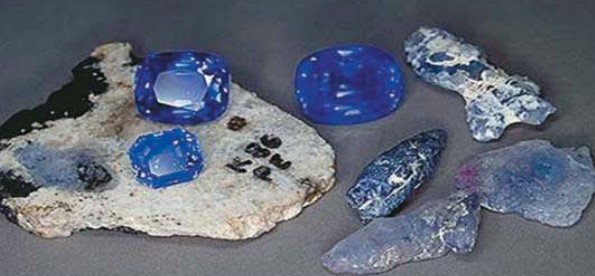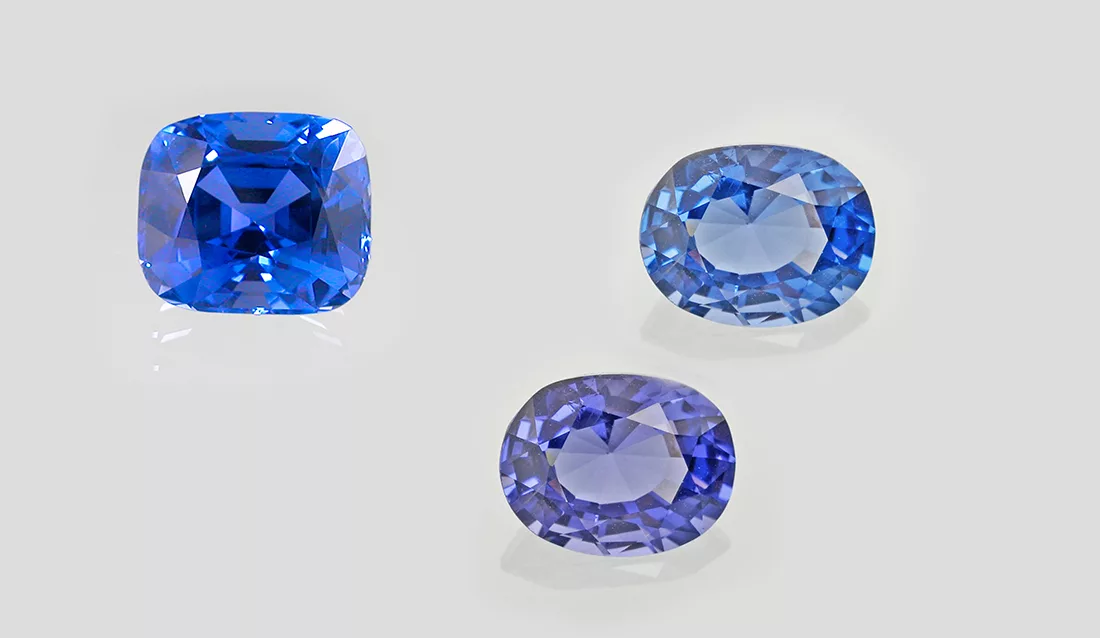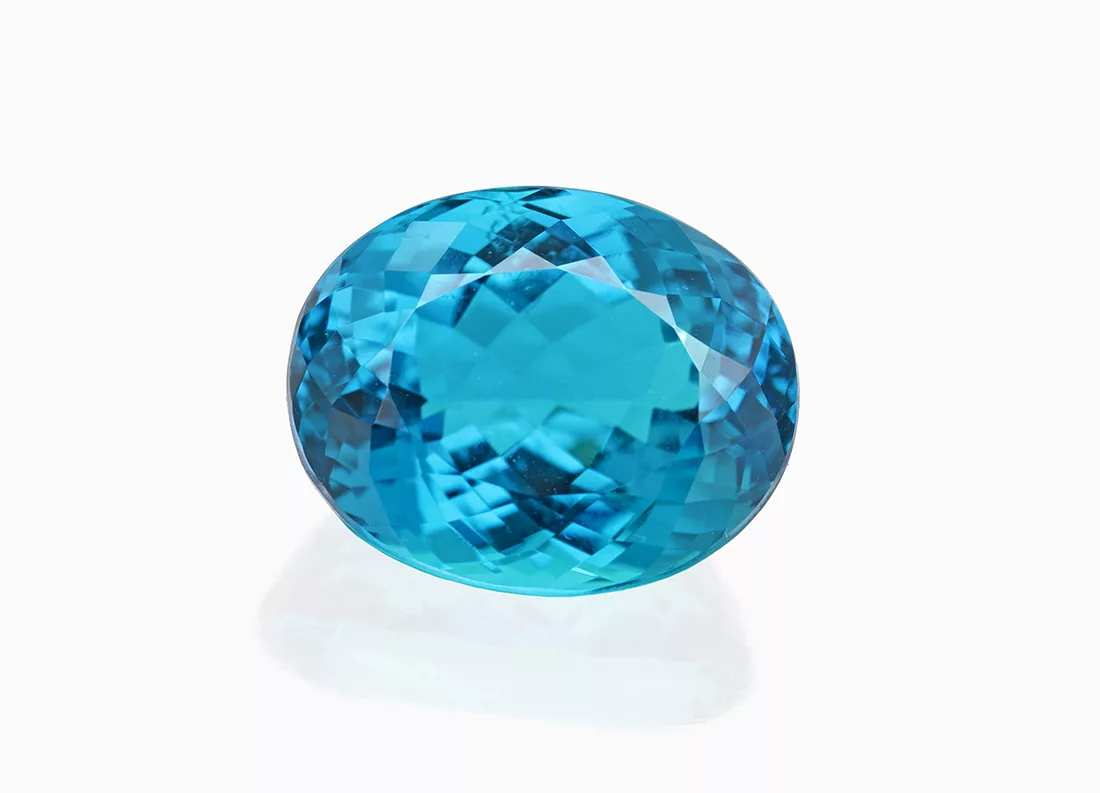
Field Trip to Paraiba Tourmaline Mines in Brazil
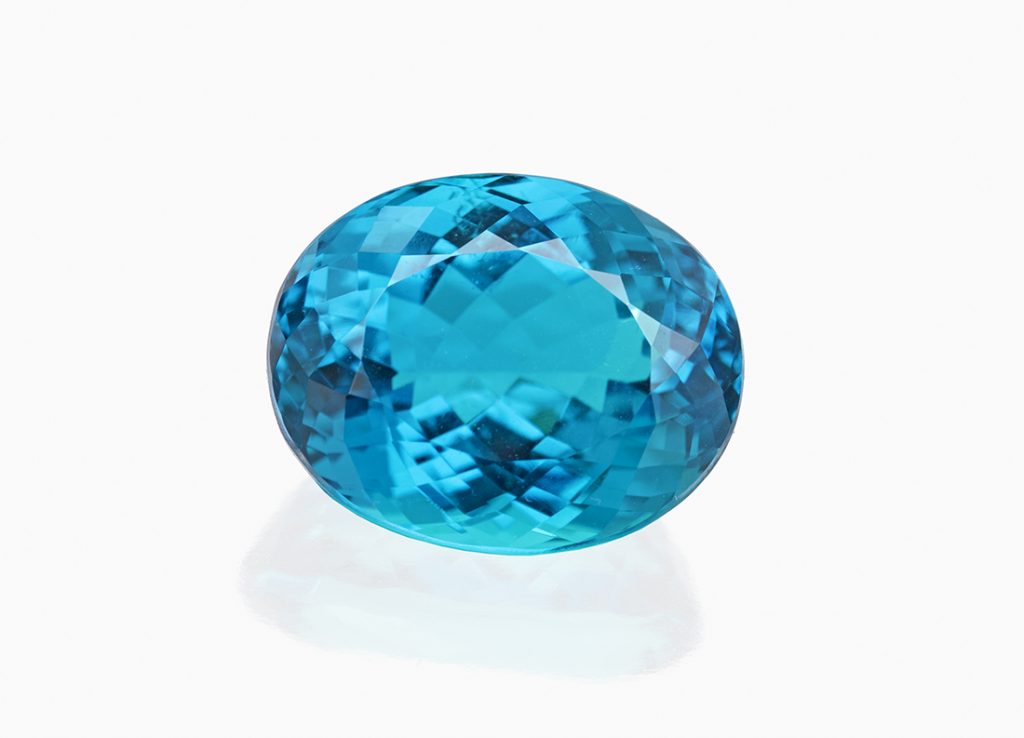
by Alexander Klumb, first published in Facette 24 (February 2018)
For any gemstone connoisseur and gemmologist, the term ‘Paraiba’ is magical inspiration and epitomises pure beauty, referring to the incredibly vivid coloured copper-and manganese bearing elbaite tourmalines, which have mesmerized the trade and public alike since their discovery end of the 1980s in the state of Paraiba in Brazil. Up to today, this area has produced some of the finest tourmalines the world has ever seen with a range of vivid blue (to green) colours, known in the trade also as ‘electric blue’ or ‘neon blue’.
Paraiba tourmaline – first discovered in 1989 by Heitor Dimas Barbosa near the village of São José da Batalha in Paraíba State, northeastern Brazil – immediately created a buzz in the market, because of its vibrant, almost unearthly colours and rarity. Until today, it is one of the most sought-after gemstones the world over and highly prized in finest qualities.
In October 2017, a team of gemmologists from the SSEF had the privilege to visit some Paraiba tourmaline mines in Brazil to get impressions about mining procedures, sorting, cutting and trading activity in the states of Paraiba and Rio Grande do Norte. This was also a great opportunity to study the geological context of the Paraiba tourmaline mining areas in more detail and collect samples first-hand. As we could see for ourselves, these areas produce many other stunning gems with a diversity reaching far beyond just ‘Paraiba tourmaline’.
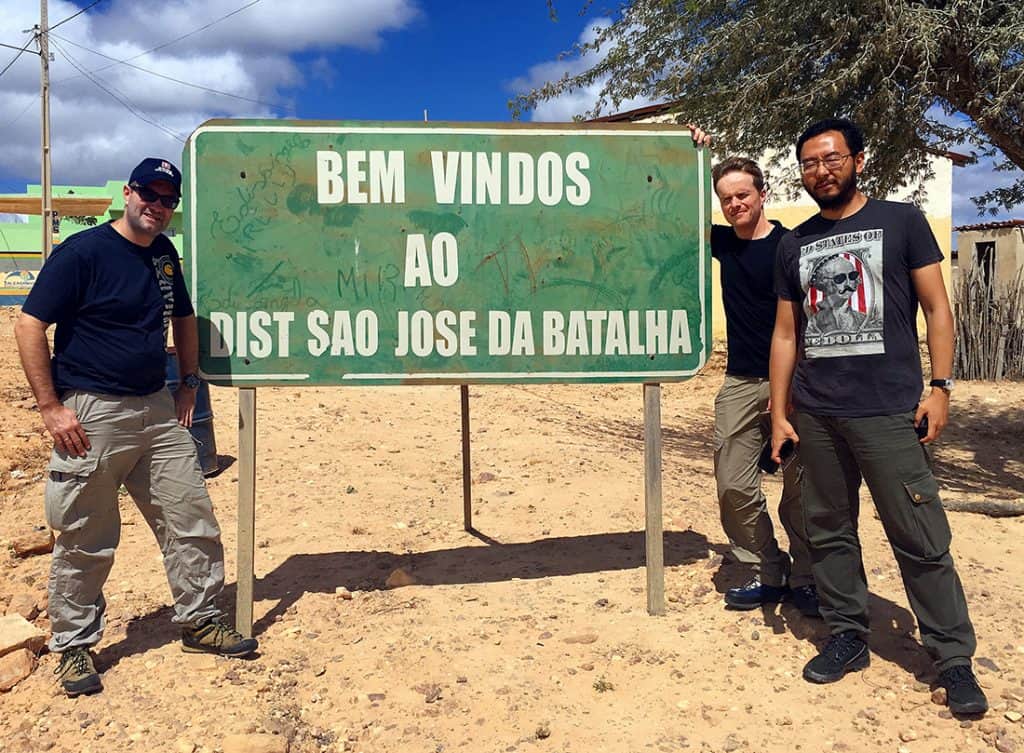
Dr. Hao Wang, Sebastian Hänsel and Alexander Klumb from SSEF were kindly accompanied during this field trip by Mr. Carlo Somma. We were very happy to have him as our guide, as he is very knowledgeable of this area.
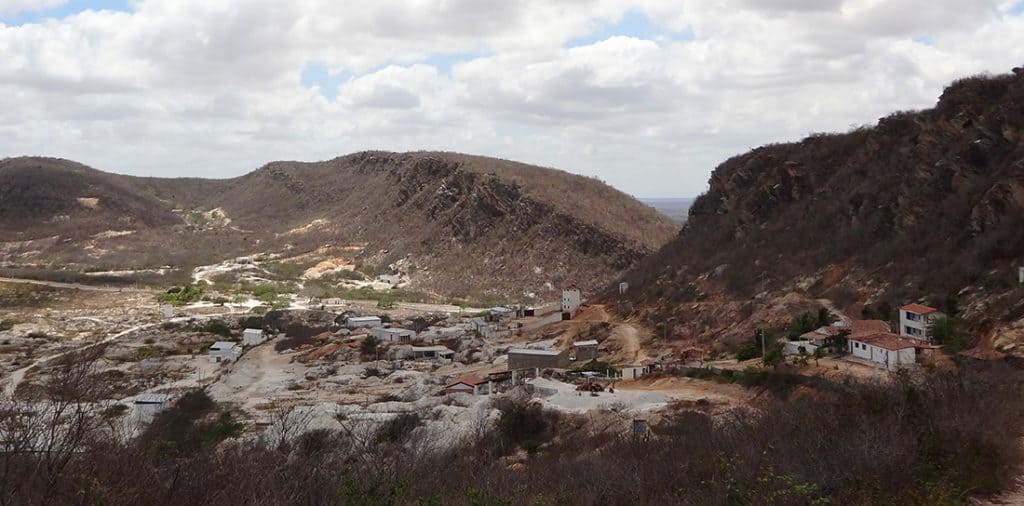
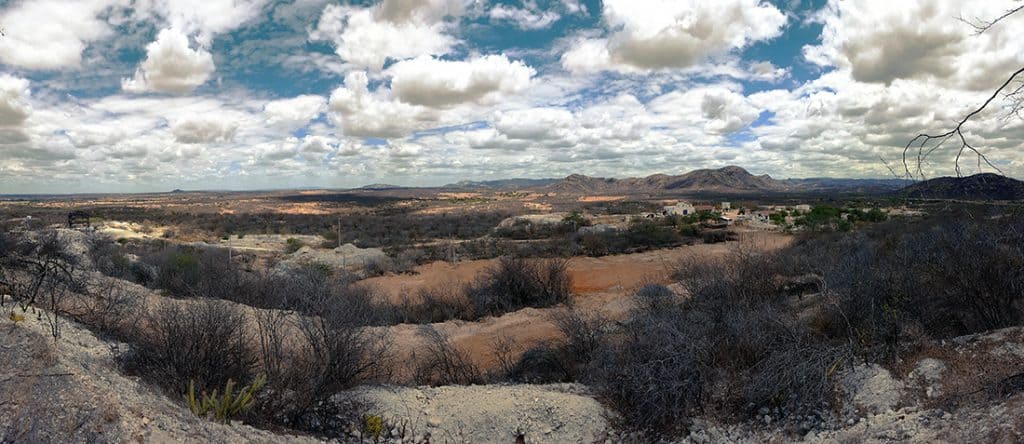
During the week-long field trip, we were able to visit some famous Paraiba tourmaline mines in gem-bearing pegmatites within the Late Proterozoic metamorphic rocks of the Equador formation, such as the Mulungu-mine (also known as the Capoeira, Boqueirãozinho, or CDM mine) close to the city of Parelhas, which is the only mine currently producing Paraiba tourmaline in some quantities.
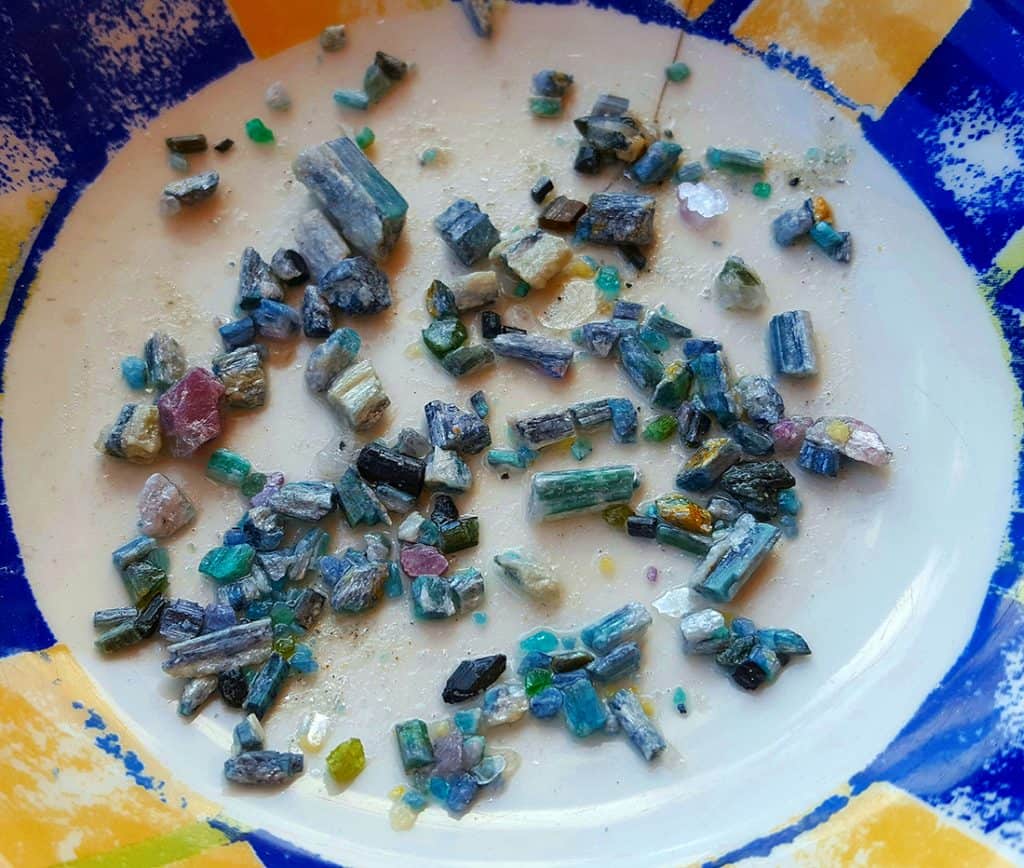
During the field visits, it was especially interesting to see the different techniques applied for extraction, ranging from simple artisanal mining in small-scale mines to mechanized large-scale mining.
In conclusion, we can say that this field trip to Brazil left us highly impressed. The aura of the area clearly reaches far beyond just the gemstones themselves. The rich gemstone heritage is present in many aspects of everyday life. A big part of the population of Parelhas has some link to gemstone mining or trading. We are very grateful to the mine owners and traders who opened their doors and let us visit their mining operations and show us their stones. We are especially grateful to Mr. Carlo Somma, Mr. Sebastian Ferreira, and Mr. Nelson Oliveira for their support and organisation of this field trip.
